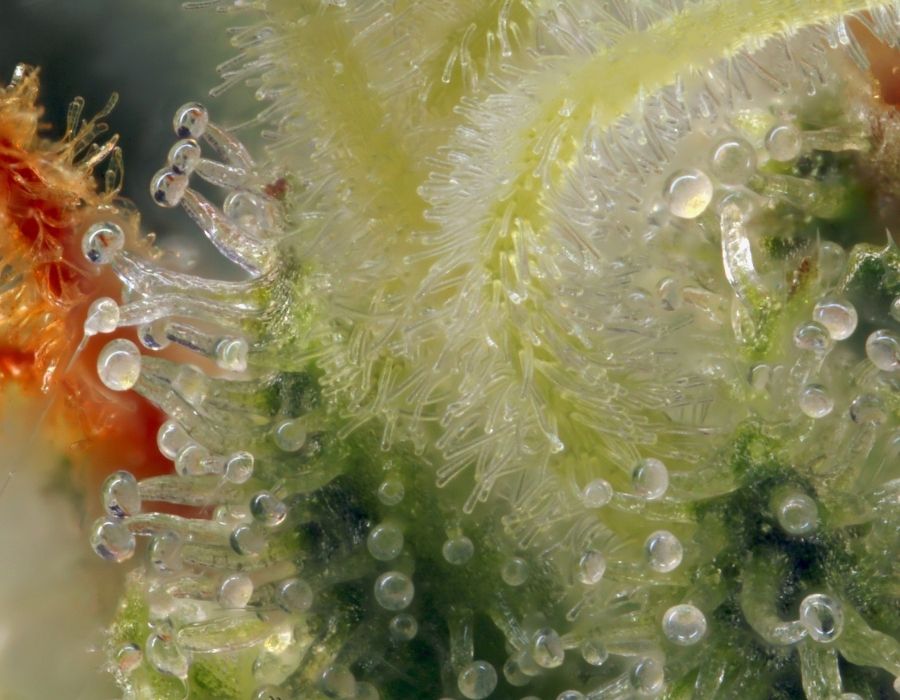Terpenes are enchanting contributors to cannabis cultivation, providing aromatic smells and flavorful tastes to finely cured buds. With over 200 different types of terpenes found in cannabis, it’s easy to see why each strain has unique flavours and smells.
Recent developments in terpene research reveal their involvement is more than just great taste and aromas. By studying their influence on different cannabinoids, research has uncovered correlations to the overall effects a cultivar exhibits.
This discovery, called The Entourage Effect, shows how cannabinoids and terpenes work together synergistically to achieve therapeutic enhancements from a cannabis strain. For example, the cannabinoid THC often produces short-term memory loss. Pairing it with a cultivar that contains the terpene Pinene, a memory enhancer, results in a beneficial union.
Additional exploration reveals the ecological role terpenes play on cannabis plants. Their scents and flavours attract or repel insects, both beneficial pollinators and intrusive pests, as well as herbivore animals. As a marijuana plant’s defence system kicks in, so does terpene production.
With that in mind, cannabis growers can incorporate some low-stress techniques on a cannabis plant, especially during the flowering stage, to trigger terpenes to multiply. Knowing a particular cultivar’s genetic make-up, along with proper harvest and curing practices, helps growers preserve the powerful terpene contribution to the whole plant.
Let’s look at how to incorporate these practices on a prized cultivar to boost terpene profiles.
How Terpenes Bring Out the Best from a Cannabis Strain
Terpenes are secondary metabolites produced from hydrocarbon compounds in plants. They are present in cannabis as well as fruits, vegetables, wood, and flowers. These beneficial contributors are the principal ingredient of essential oils used for flavouring and aromatherapy.
All of the magnificent smells and tastes of marijuana can be tributed to terpenes. From fruity, sweet aromas to musky, earthy fragrances, these little gems work synergistically with cannabinoids, defining a cannabis strain’s characteristics. Cannabis breeders have recently taken a closer look at the beneficial roles terpenes have on the whole plant.
Different terpenes produce a variety of unique qualities to enhance different strains. Limonene, for example, is a monoterpene found in citrus fruits, delivering fruity flavours and scents. Limonene also contributes to the therapeutic effects of a cannabis strain as it relieves anxiety and stimulates antifungal and antibacterial properties.
Another monoterpene, Myrcene, is most commonly found in cannabis plants. This robust terpene exudes musky fragrances, reminiscent of the smell of good bud. Myrcene contributes synergistically with cannabinoids as an anti-inflammatory, reducing chronic pain.
As cannabis breeders learn more about the intricate qualities of terpene properties, especially in medical marijuana strains, they can bring out the best in a cultivar. Terpene profiles of a particular cultivar reveal not only flavour and aroma, but more interestingly, how these influential contributors enhance a cannabis strain.
